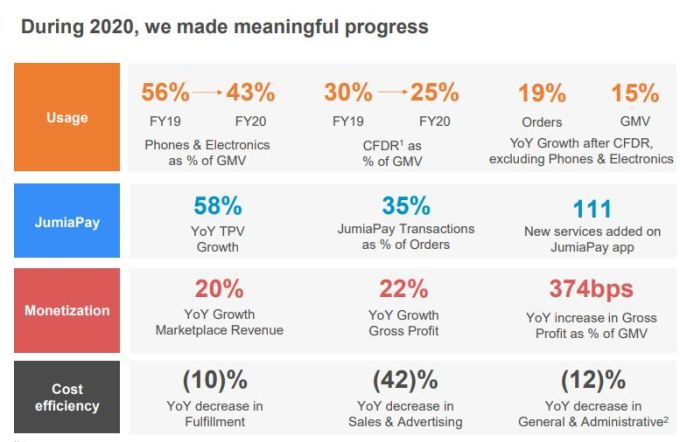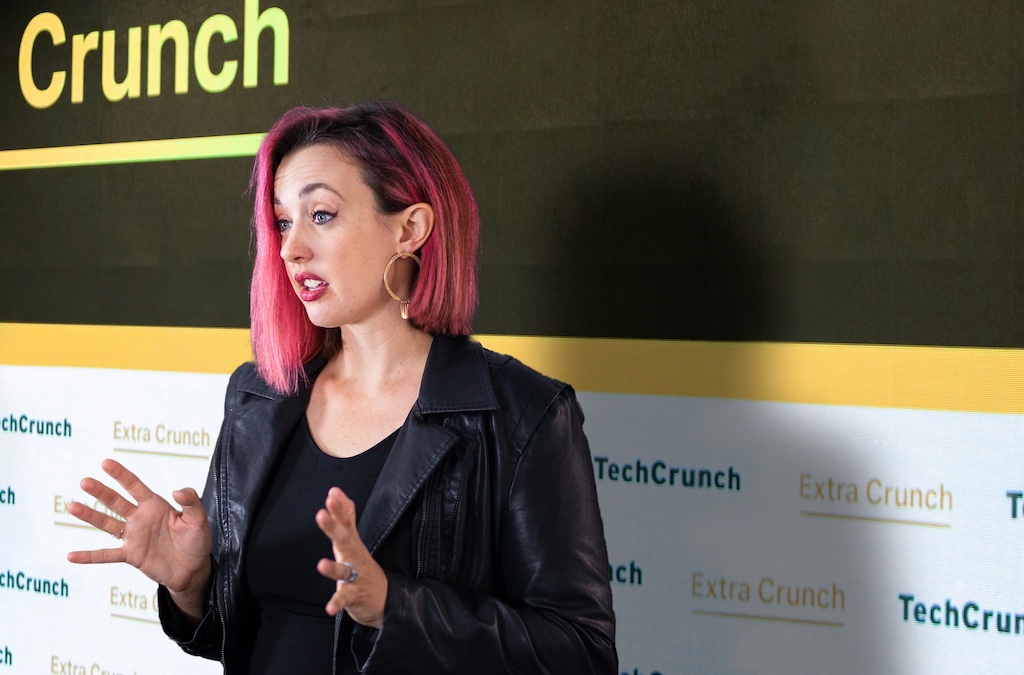We check out Amazon’s new smart home device, Airbnb adds flexible search and Hopin is raising even more money. This is your Daily Crunch for February 24, 2021.
The big story: We review the Amazon Echo Show 10
Brian Heater spent some time with Amazon’s new smart home device, paying particular attention to the screen that rotates based on the user’s location. He reports that the screen works smoothly and silently, but also feels “unnecessary,” and in some cases “downright unnerving” (especially from a privacy perspective).
Ultimately, Brian concludes that the $249 device is “a well-constructed, nice addition to the Show family and one I don’t mind moving around the old-fashioned way.”
The tech giants
Airbnb plans for a new kind of travel post-COVID with flexible search — The feature will allow users to forgo putting in exact dates when they look to book lodging on the platform.
YouTube to launch parental control features for families with tweens and teens — YouTube announced a new experience for teens and tweens who are now too old for the schoolager-focused YouTube Kids app, but who may not be ready to explore all of YouTube.
Google Cloud puts its Kubernetes Engine on autopilot — This new mode turns over the management of much of the day-to-day operations of a container cluster to Google’s own engineers and automated tools.
Startups, funding and venture capital
VCs are chasing Hopin upwards of $5-6B valuation — According to multiple sources who spoke with TechCrunch, the company may be nearing the end of a fundraise in which it’s seeking to raise roughly $400 million.
Primary Venture Partners raises $150M third fund to back NYC startups — The firm’s portfolio includes Jet.com (acquired by Walmart for $3.3 billion), Mirror (acquired by Lululemon for $500 million) and Latch (which is planning to go public via SPAC).
Joby Aviation takes flight into the public markets via a SPAC merger — Joby has spent more than a decade developing an all-electric, vertical take-off and landing passenger aircraft.
Advice and analysis from Extra Crunch
Four essential truths about venture investing — Observations from Alex Iskold of 2048 Ventures.
Dear Sophie: Which immigration options are the fastest? — The latest edition of “Dear Sophie,” the advice column that answers immigration-related questions about working at technology companies.
Can solid state batteries power up for the next generation of EVs? — For the last decade, developers of solid state battery systems have promised products that are vastly safer, lighter and more powerful.
(Extra Crunch is our membership program, which helps founders and startup teams get ahead. You can sign up here.)
Everything else
Europe kicks off bid to find a route to ‘better’ gig work — The European Union has kicked off the first stage of a consultation process involving gig platforms and workers.
The Equity podcast is growing — More Equity!
Techstars’ Neal Sáles-Griffin will join us at TechCrunch Early Stage 2021 to talk accelerators — Neal has seen this industry from just about every angle — as a teacher, advisor, investor and repeat co-founder.
The Daily Crunch is TechCrunch’s roundup of our biggest and most important stories. If you’d like to get this delivered to your inbox every day at around 3pm Pacific, you can subscribe here.



